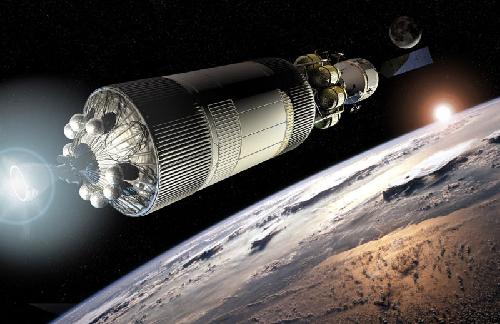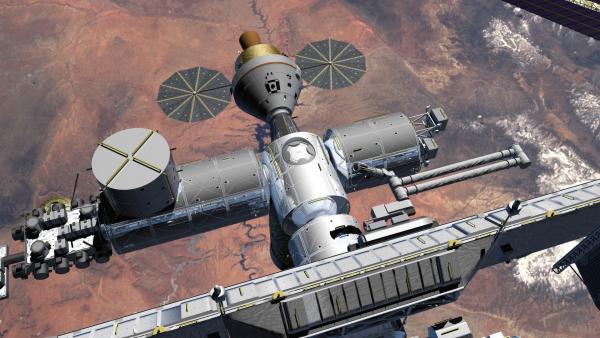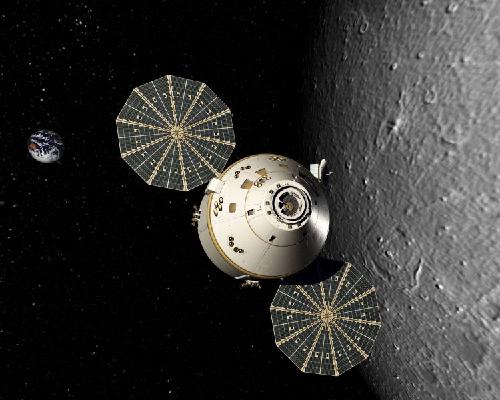Wavepacket Blog displaying only one specific post |
| 2010 | |
| May | |
| Fri May 21 23:30:08 2010 Space Plan |
|
| >> links >> | |
| Fri May 21 23:30:08 2010 Space Plan Now I have even more respect for the new NASA direction. |
|||||||
| A friend of mine is the Astronomy columnist for the
Seattle Examiner. If you are interested in Astronomy in the Seattle area, you should definitely read
his articles!
He recently posted an article about former NASA administrator Michael Griffin's talk at the Boeing Museum of Flight, in which Griffin wasn't entirely supportive of the new NASA direction. In particular,
Harsh! Griffin called the new direction "Obama's proposals", although most of them came from the so-called Augustine Report, the outcome of the Review of US Human Spaceflight Plans Committee. You can find the Augustine Report here, which is very readable! If you are at all interested in the US space program I recommend flipping through it. It is over 150 pages (ack) but I read through the Introduction (Chapter 1), the coverage of current programs (Chapter 4), and their evaluation of critical technologies (Chapter 7). It is a pretty interesting report! Popular Mechanics has an online article about 5 Surprising Passages from the Full Augustine Report. [If you flip through the report, on page 12 you'll find an awesome diagram showing the International Space Station, color-coded by which country supplied the components. It is clear that the ISS is almost exclusively a US and Russian venture, although Japan kicked ass (far above the European contributions). Although, before I deride Europe too much, I should given them the benefit of the doubt--they may have recognized early on that the ISS was a colossal waste of money.] Michael Griffin also didn't like the Augustine Report "which he feels got some things right but blew many others." Many astronauts also don't like the new direction. Neil Armstrong and Eugene Cernan, the first and last astronauts on the moon, testified to the Senate that
Ouch! However, not all astronauts agree with them. For instance, Russell Schweickart recently wrote that the new direction was a much-needed change. Schweickart noted
And of course, my own blog posts ( No Moon and Moon Shot ) significantly elevated the national debate. Recently The Space Review ran a series on the new direction (see part 1 and part 2 ). The review is somewhat politically-heavy (for instance, worrying that a more efficient NASA will mean less pork to keep congress happy) but basically calls out the main differences of Obama's plan:
Obama's plan is good about separating the many phases of launching people and material into orbit. For instance, both the Shuttle and the Constellation programs have the same problem: they use the same vehicles for people and cargo. This is very expensive, since any manned vehicle has huge overhead for safety! Separating the two (launching people and cargo using different vehicles) is much cheaper and may be more reliable--and safer. Also, Obama's plan puts more funding into private space companies for launches into low earth orbit. This wasn't a viable option ten or twenty years ago, but it is now. And it means that we'll build out our private launch industries, let them spread the risk and try out new technologies, and let NASA focus on other issues such as deep-space propulsion and life support. Much better! So I understand why many people aren't happy about he change in direction. And certainly Michael Griffin is worried about his legacy. But the new NASA direction looks better and better the more I look at it. Comments |
Related: economics science Unrelated: books energy environment geopolitics lists mathematics predictions |
||||||
| Links: |  |
Blog Directory | Blog Blog | Technorati Profile | Strange Attractor |


